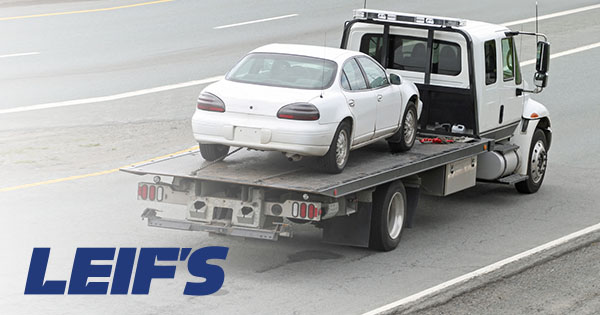NHTSA launches effort to curb child heatstroke deaths in vehicles
As the summer months approach, it’s a reminder toanyone with children that heatstroke is the leading cause of non-crash, vehicle
related deaths for children under the age of 14, with at least 33 fatalities
reported in 2011 alone, the
National Highway Transportation Agency reports.
Accordingly, the organization
announced its first-ever national campaign to prevent child heatstroke deaths
in cars – urging folks to wonder: “Where’s baby? Look before you lock.”
“This campaign is a
call-to-action for parents and families, but also for everyone in every
community that cares about the safety of children,” said U.S. Transportation
Secretary Ray LaHood in a press release earlier this week. “It is hope
that the simple tips from this campaign will save lives and help families avoid
unnecessary heartache.”
Late this summer, NHTSA says it will
release its findings on the effectiveness of after-market products intended to
prevent a child from being unintentionally left behind in an enclosed parked
vehicle.
According to data gathered by the
San Francisco State University Department of Geosciences, 33 children died in
2011 due to heatstroke while 49 were victim in 2010.
“Everything we know about this
terrible danger to children indicates heatstroke in hot cars can happen to any
caregiver from any walk of life – and the majority of these cases are
accidenta; tragedies that can strike even the most loving and conscientious
parents,” said NHTSA Administrator David Strickland. “We hope our campaign not
only helps caregivers avoid accidentally harming a child but also clears up
some of the misconceptions about the causes of child heatstroke in cars.”
NHTSA’s “Where’s baby? Look
before you lock” campaign urges parents and caregivers to take
important precautions to prevent inadvertent incidents from occurring:
- Never leave a child unattended in a vehicle – even if
the windows are partially open or the engine is running and the air
conditioning is on - Make a habit of looking in the vehicle – front and back
– before locking the door and walking away - Ask the childcare provider to call if the child does
not show up for care as expected - Do things that serve as a reminder a child is in the
vehicle, such as placing a purse or briefcase in the back seat to ensure
no child is accidently left in the vehicle, writing a note or using a stuffed
animal placed in the driver’s view to indicate a child is in the car seat - Teach children a vehicle is not a play area and store
keys out of a child’s reach
In addition, NHTSA urges community
members who see a child alone in a hot vehicle to immediately call 911 or the
local emergency number. If the child is in distress due to heat they should be
removed from the vehicle as quickly as possible and rapidly cooled.





